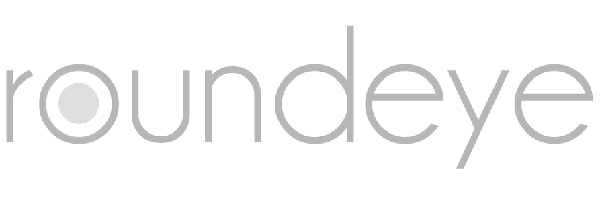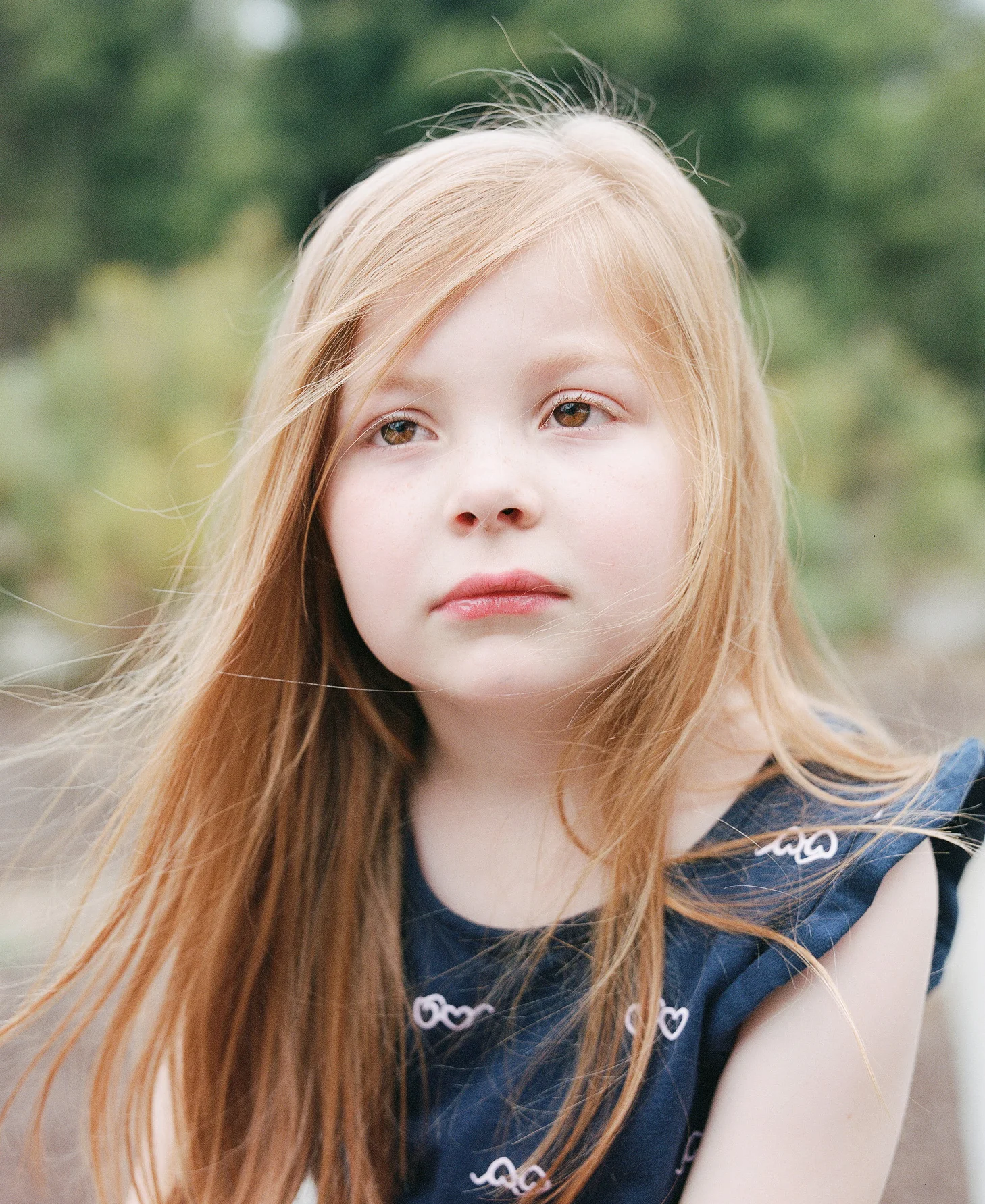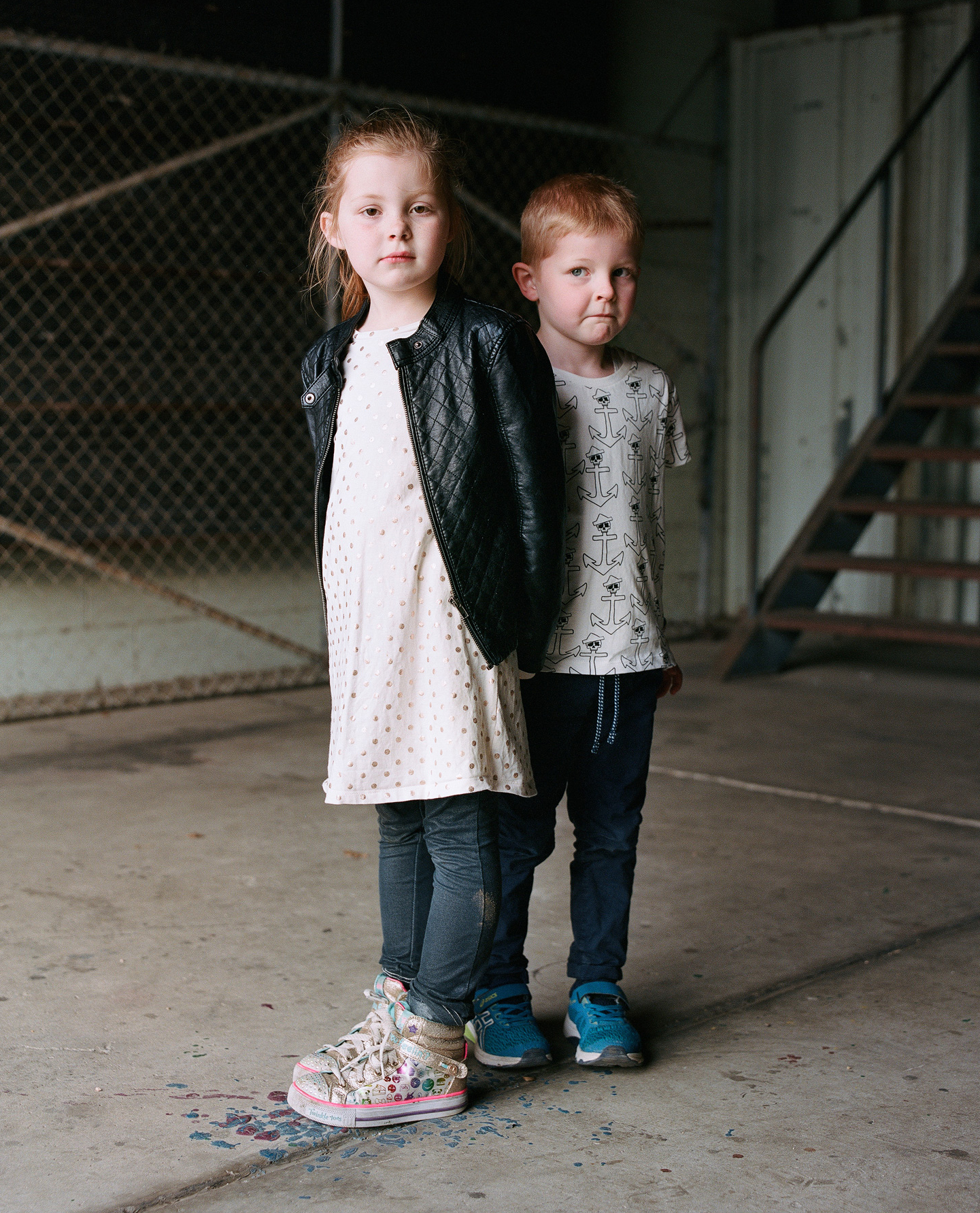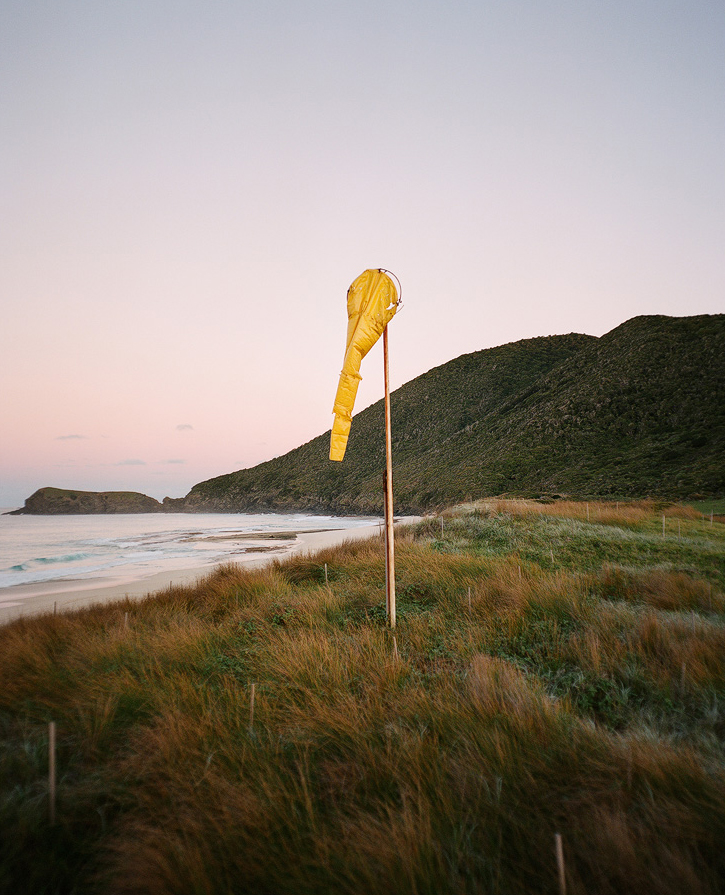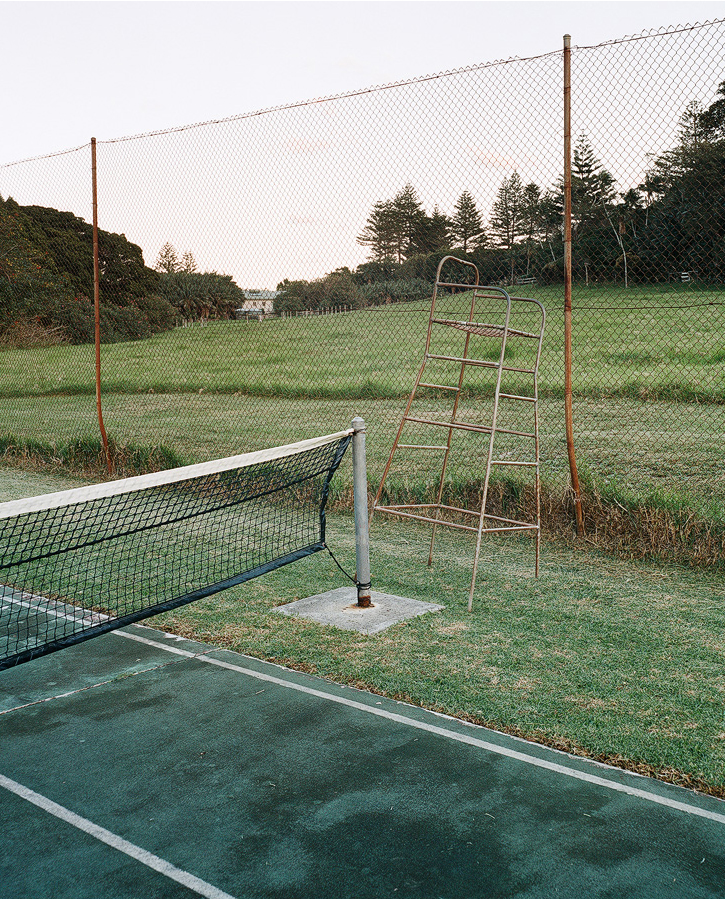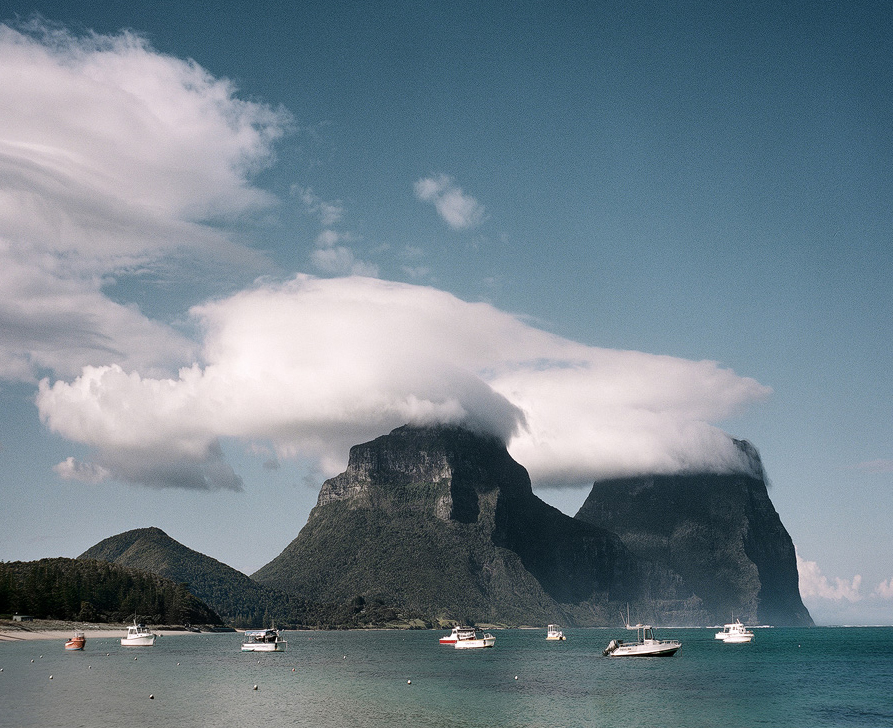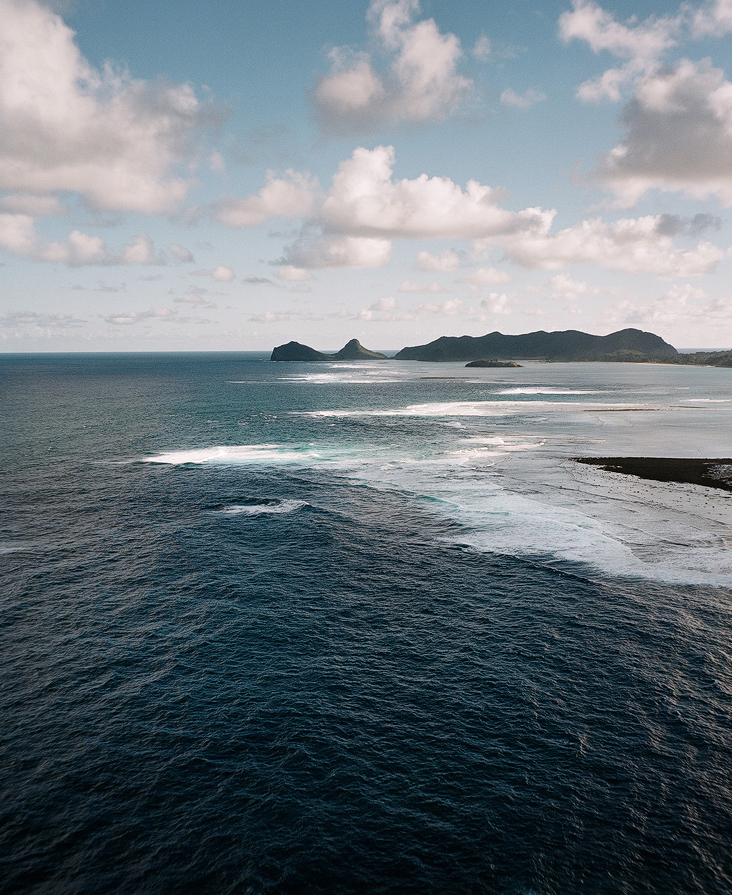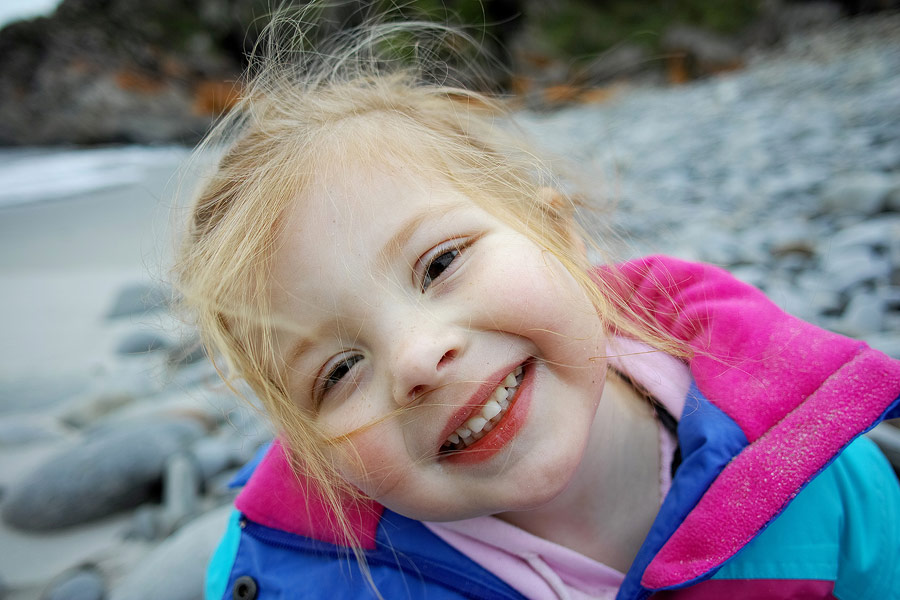While my landscape work is predominantly digital, I do like to use film from time to time for a change of pace, to shoot the kids, etc. A good photographer friend of mine was kind enough to send up his father’s Mamiya RB67 medium-format film camera a few years ago with the 90mm f3.8, a couple of backs and so on. It sat around for quite a while until I finally decided to give it a crack.
Having never shot medium-format film before, the learning curve was steep. Even now I’ve got a good handle on it I make mistakes, which is costly when each shot is around $5 AUD considering developing, processing and scanning (I use Atkins in South Australia). However, the results you can get from medium-format film (and I’d happily assume large format if I could afford it) cannot be beat.
I use Porta 400 exclusively now after finding 100 too slow and the grain negligible between the two. It’s such a wonderful film that provides perfect skin tones every time and offers monstrous dynamic range. It’s almost impossible to overexpose. The creamy highlights, the tones… It’s everything film should be. I rate the film at 200 and use a basic phone app for metering even though I have a spot meter, always aiming to shoot 1/125th or higher to avoid shake and slap, especially with a mirror of this size. When the Mamiya takes a shot, you know about it!
It sounds straightforward, but there’s a real process you have to follow with each shot (unlock, dark slide, orientation, cock, aperture, speed, focus), which can be difficult when you’re dealing with jumpy kids keen to get on with playing or running about. The hardest part for me has been nailing focus, especially at the pointy end of f3.8, but shooting at f5.6 has helped a great deal, and simply taking my time. This is not a run-and-gun camera, folks.
I challenge anyone, photographer or otherwise, not to look down into that viewfinder and fall immediately in love. It’s such a beautiful thing, almost another world in there. I know the RZ67 is often touted as the better camera given its faster lens offerings, but I like the fact the RB is all manual, having to wind each shot and so on, plus it makes for a handy self-defence tool should anybody get in your way. I’m serious, this is the M1 Abrams of the camera world, utterly indestructible.
This series was shot over the course of a few months using 10 rolls of Porta. My keeper rate was probably 75%, which is better than it has been in the past, but it’s still an expensive way to take photos. I could learn how to develop and scan myself, true, but I simply don’t have the time. I know a lot of people enjoy that part of the process, but that’s not me.
People often ask me what the appeal of medium-format film is, especially when the difference can seem small to those unfamiliar with photography compared to digital but the cost so prohibitive. But when they look at the files, there is always the same response, because people are simply drawn to that warm sense of nostalgia they seem to evoke. The photos have ‘life’…
As a photographer, I put it down to the silky tonal graduations, smooth highlights, and unique separation offered by this combo of film and larger format, but to everyone else they simply look timeless, and that is really all you can ask for. If you’ve never shot film before, give it a shot. You might be surprised how much it fills the soul (and empties your wallet).
